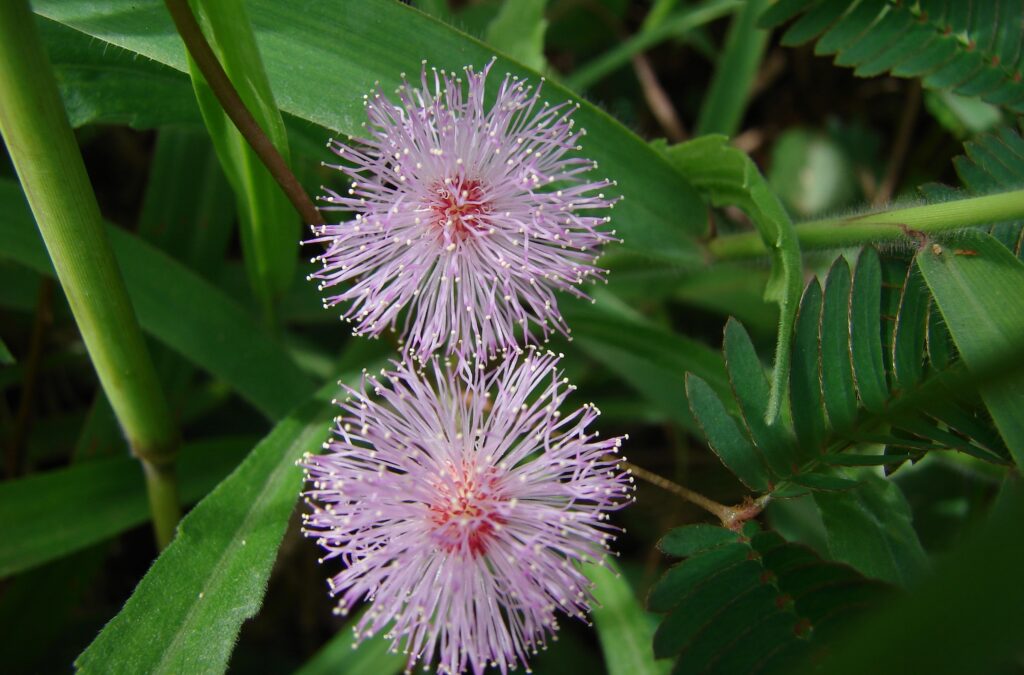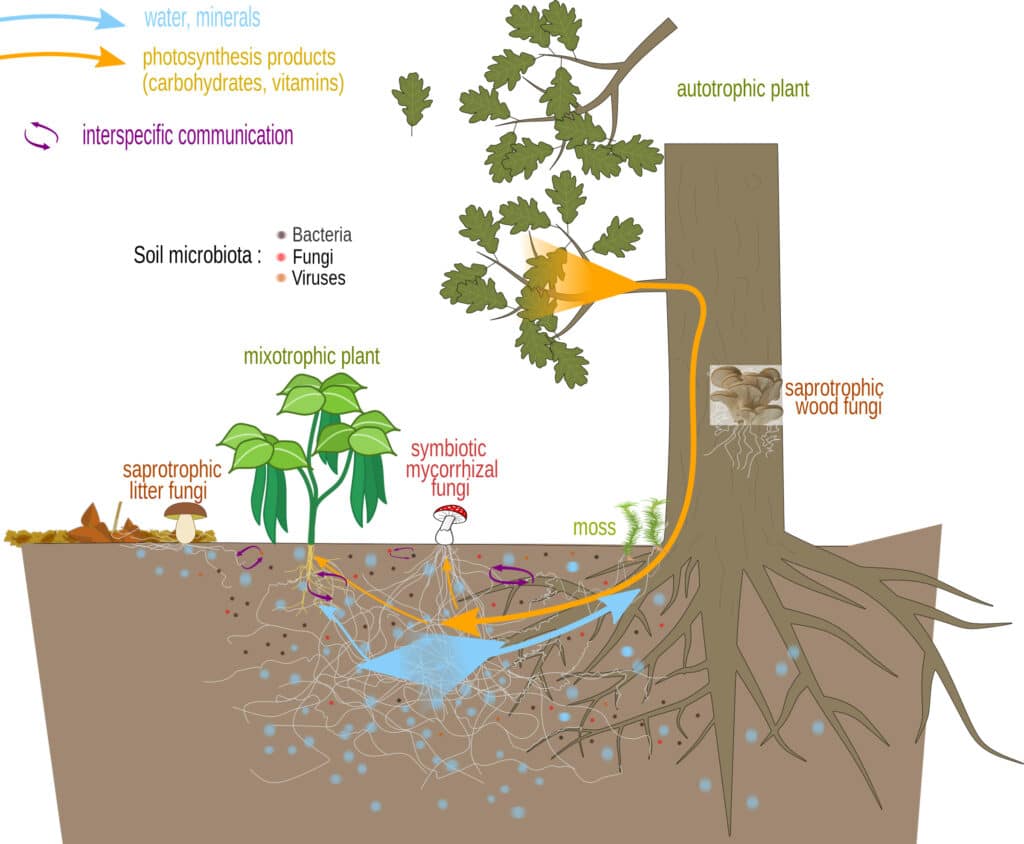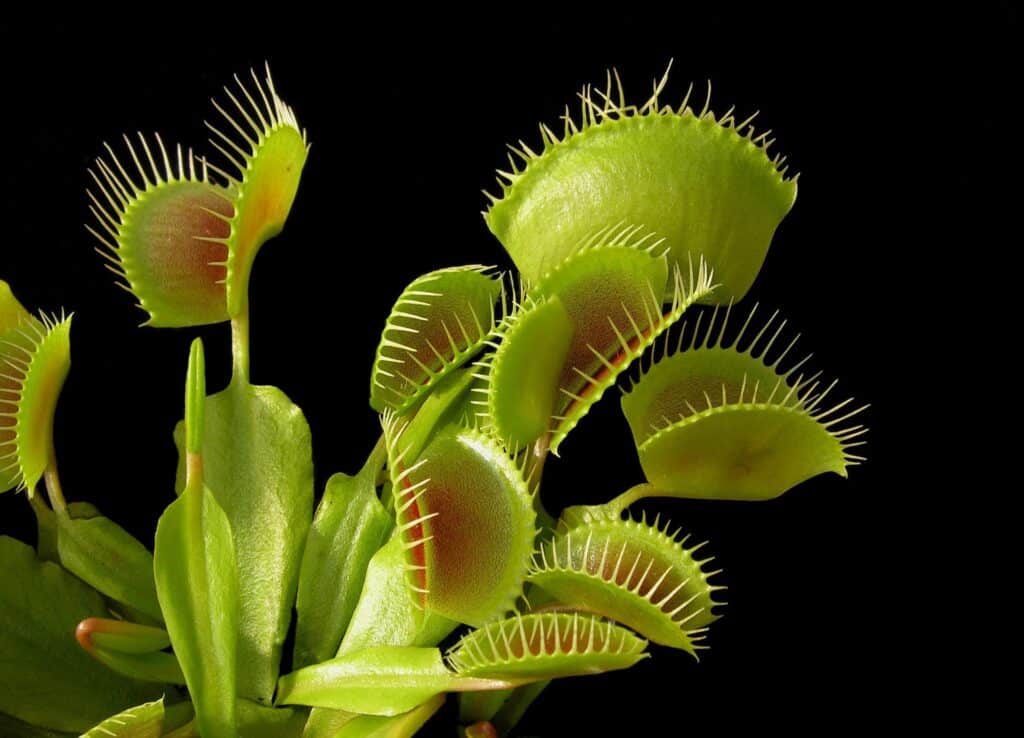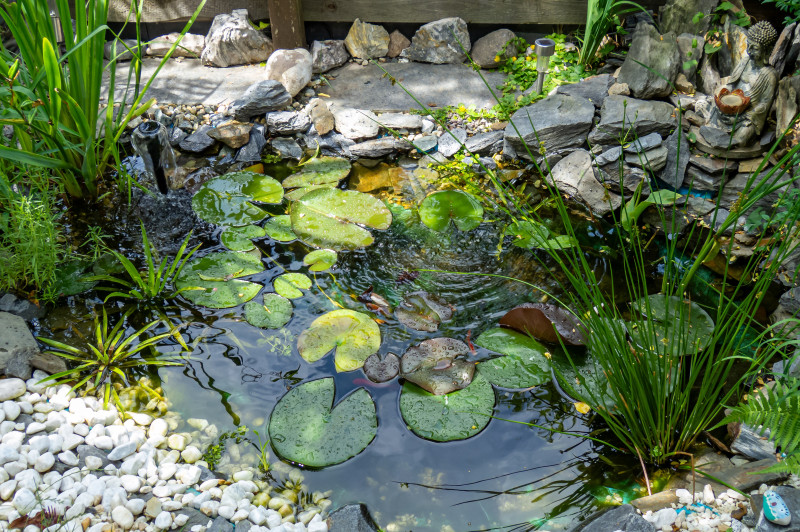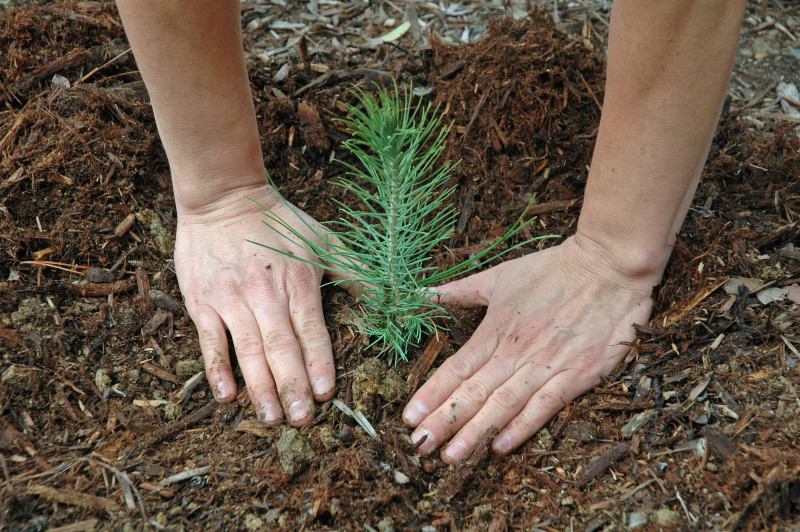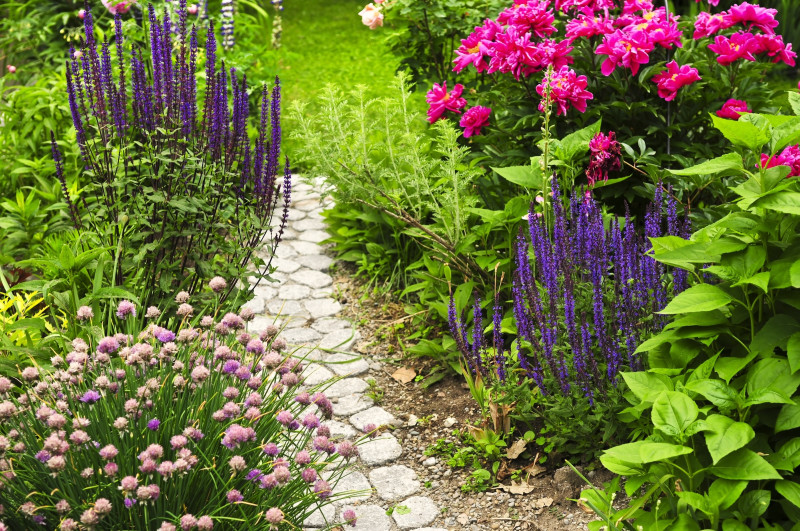In the vast tapestry of life on Earth, plants occupy a seemingly stationary role, rooted in place and largely overlooked in discussions about intelligence. However, scientific discoveries are unveiling a rich tapestry of behaviors and adaptations that challenge traditional notions of what it means to be smart. From sophisticated communication systems to problem-solving abilities, plants exhibit an astonishing array of traits that hint at a form of intelligence unique to their kingdom.
The ever-growing research on plant intelligence is challenging preconceived notions about the nature of intelligence and consciousness. While plants may not possess a centralized nervous system or cognitive faculties in the same way animals do, their complex behaviors and adaptive strategies underscore remarkable ingenuity, as you’ll discover below.
The next time you look at your yard, think of the “thinking” that all of its plants are doing without your notice and, in some ways, beyond human comprehension. Marvel at the beauty they bring, the essential environmental role they’re playing, the lives they sustain, and the surprising way they go about protecting their own lives.
Sensory Perception
Plants possess a remarkable ability to perceive and respond to their environment through various sensory mechanisms. For example, they can sense light, gravity, touch, and even sound vibrations. The Sensitive Plant, mimosa pudica, also known as the Sleepy Plant and Touch-Me-Not, among other names, famously demonstrates this by rapidly closing its leaves in response to touch, a defense mechanism against potential threats.1
Chemical Signaling
Plants communicate with each other and with other organisms by releasing chemical signals. For instance, when a plant is attacked by herbivores, it can release volatile organic compounds that warn neighboring plants of impending danger, triggering them to produce defensive chemicals in advance.2 According to a study by Richard Karban of the University of California, Davis, plants pay the most attention to their closest relatives.3 A study4 in 2013 revealed that plants will often alter their root growth patterns to avoid competing with relatives for resources.
Root communication
Below the surface, plant roots engage in intricate communication networks, sharing resources and information with neighboring plants. Mycorrhizal fungi, which are organic threads so tiny they measure in microns, act as conduits for the exchange of nutrients and chemical signals between plants.5
Memory and learning
Contrary to the belief that plants lack memory, research suggests that they can remember past experiences and adjust their behavior accordingly. Studies have shown, for example, that plants subjected to repeated touch or stress stimuli can develop a “memory” of these events, altering their growth patterns or defense mechanisms in response.6
Adaptive behavior
Plants exhibit remarkable adaptability in response to changing environmental conditions. They can adjust their growth patterns, alter leaf orientation, or modify their metabolism to optimize resource acquisition and survival in challenging conditions.7
Problem-solving abilities
In experiments, plants have demonstrated problem-solving abilities comparable to those of animals. Researchers have observed plants navigating complex mazes to reach light sources or water reservoirs, suggesting a capacity for spatial reasoning and decision-making.8
Examples of plant intelligence in action
The Venus Flytrap, Dionaea muscipula, a carnivorous plant, demonstrates an intricate trapping mechanism that allows it to capture and digest prey.9- Certain orchids, such as the Copper Beard Orchid, Calochilus campestris, have evolved to mimic the appearance and scent of female insects to attract male pollinators, showcasing a sophisticated understanding of reproductive strategies.10
- Some plants’ root systems exhibit “intelligent” behaviors, such as actively seeking out nutrient-rich patches of soil or avoiding toxic substances.11
Say ‘no’ to insecticides and pesticides in your yard
58 butterfly species and their host plants How to layer plants in your yard
Sources
| 1 Gagliano, Monica, Stefano Mancuso, and Daniel Robert, “Towards understanding plant bioacoustics,” Researchgate.net, https://bit.ly/4aZpJ3H. |
| 2 Babikova, Zuzana, Lindsay Gilbert, Georg J. Bruce, Aline Birkett, John C. Caulfield, Christine Woodcock, Sarah C. Pickett, and Toby J. A. Bruce, “Underground signals carried through common mycelial networks warn neighbouring plants of aphid attack.” National Library of Medicine, https://bit.ly/3xPkbKt. |
| 3 “Plants listen more keenly to close kin,” NewScientist Magazine, February 16, 2013. |
| 4 Dudley, S. A., and A.L. File, “Kin recognition in an annual plant,” PLoS One, https://bit.ly/447fcRz |
| 4 Song, Yuan Yuan, Marcel GA van der Heijden, and Zhi Wei Zhao, “Plant interactions with multiple individuals through common mycorrhizal networks.” Researchgate.net, https://bit.ly/4aS1lRl. |
| 5 Gagliano, Monica, “Plant behavior: An evolutionary response to the environment,” Researchgate.net, Trends in Plant Science, https://bit.ly/3W5sGeR. |
| 6 Foyer, Christine H., and Graham Noctor, “Redox homeostasis and antioxidant signaling: a metabolic interface between stress perception and physiological responses.” National Library of Medicine, https://bit.ly/3Q2XRU8. |
| 7 Quellette, Jennifer, “The secret of how the Venus flytrap “remembers” when it captures prey,” ars Technica, October 10, 2020, https://bit.ly/4aRu9dj. |
| 8 Darwin, Charles, Insectivorous plants, John Murray, London, 1875, pgs 248-249. |
| 9 Schiestl, Florian P. “The evolution of floral scent and insect chemical communication.” National Library of Medicine, https://bit.ly/3JlV8RP. |
| 10 Vandenbrink, Joshua P., Kiss, John Z., “Plant responses to gravity.” National Library of Medicine, 2019, https://bit.ly/3UjpryP. |
| 11 Hinchee, Maud, PhD, Chief Science Officer“Root Intelligence Helps Plants Survive and Thrive,” Agricen.com, https://bit.ly/3y4BWGo |


